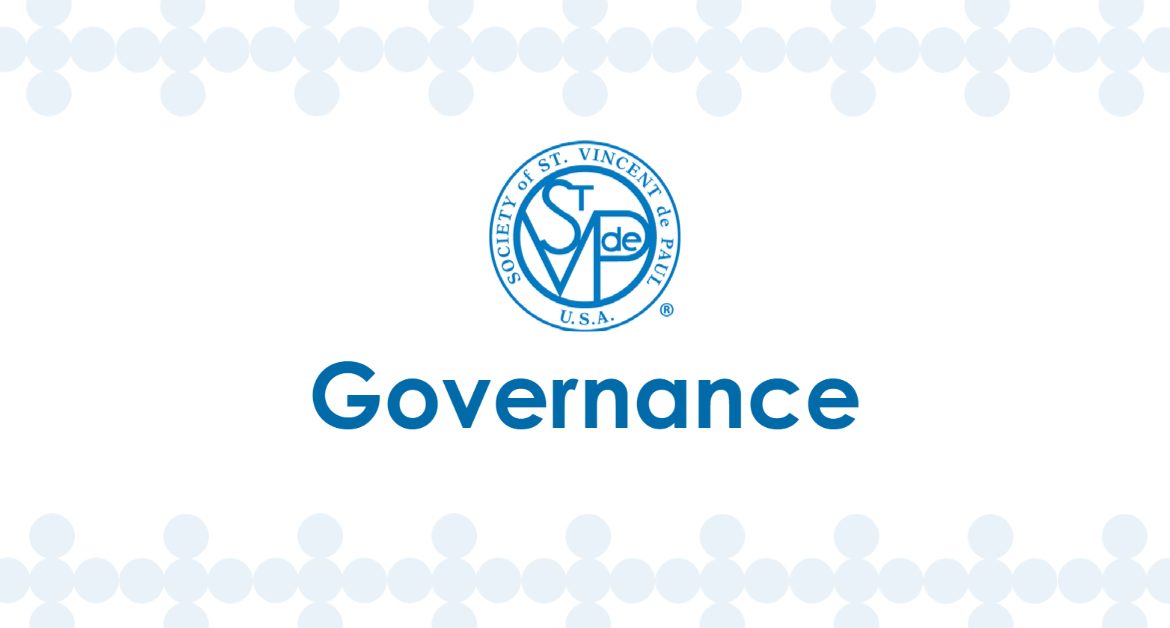At this special time of the year when our thoughts turn to giving thanks, it is appropriate to reflect on the many reasons Vincentians have to be grateful.
Perhaps the two most important are the ongoing guidance of Divine Providence, which has been wondrously at work on behalf of the Society of St. Vincent de Paul during the past 190 years, and the constant inspiration of the Holy Spirit evidenced so beautifully by the way Vincentians respond every day to the challenges we face in serving Christ’s beloved poor.
We are privileged to participate in the perpetual miracle of our Society: Ordinary people doing extraordinary things which restore hope to those who have none and change their lives for the better. Our countless benefactors, whose generosity makes it possible for us to help so many people in so many ways, deserve our gratitude as well.
On the most personal level, going to the essence of Vincentian spirituality, we should be thankful to those we serve for the blessings they bestow on us which transform our own lives.
Very importantly, we have each other, truly something to cherish. Loving and supporting one another while helping the poor is an integral part of our mission.
Vincentians have been graced by God to be members of one family throughout the world living Blessed Frederic’s divinely inspired vision of a global network of charity and social justice. We should thank God for our Vincentian vocation, a blessing of eternal value.
And, ultimately, how blessed we are with the gift of faith, and in that faith Christ’s greatest gift — the Eucharist. How fitting it is that “eucharist” means “gratitude.”




